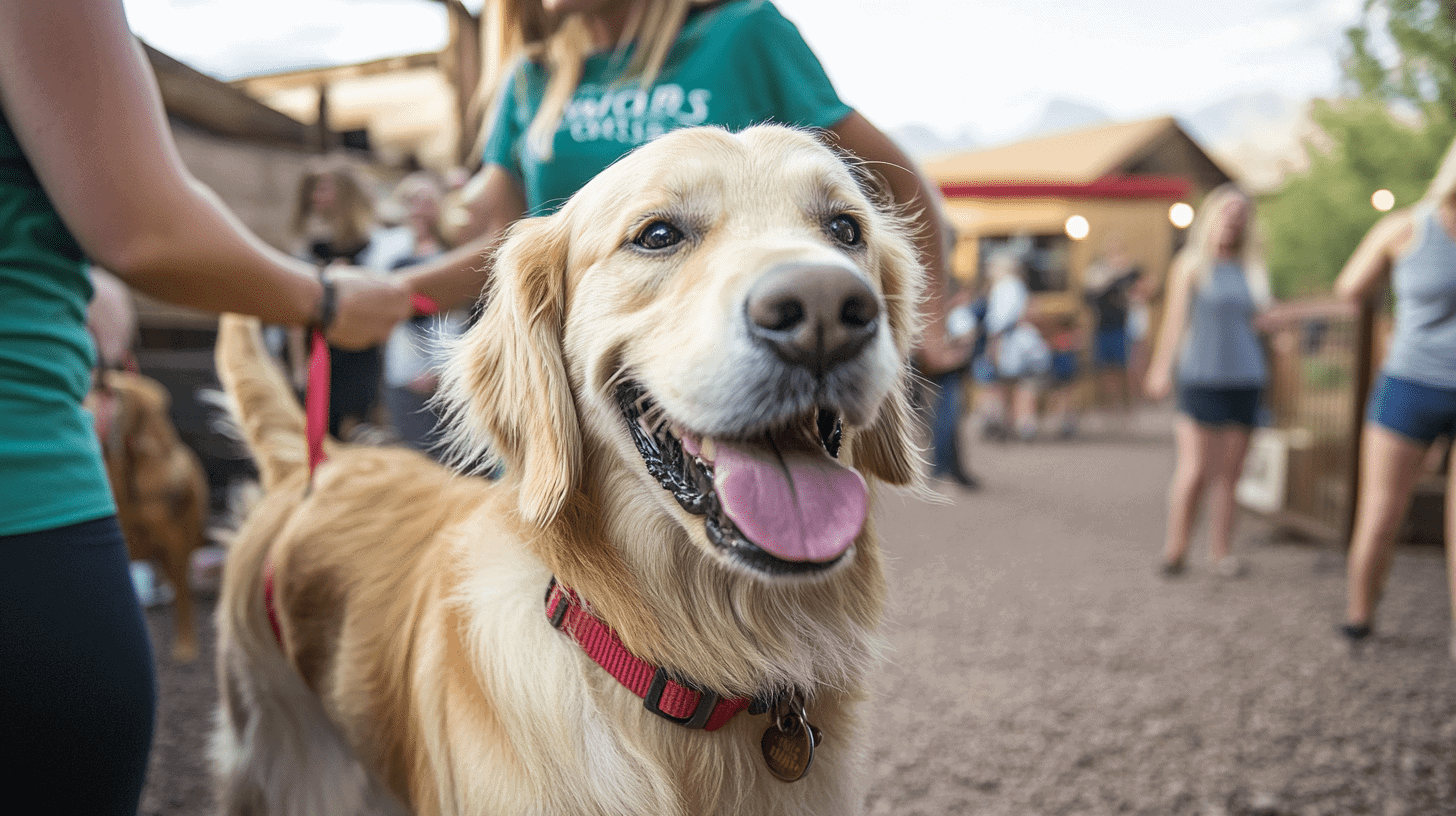Vet Buzz from Bill Barboni, DVM and Chris Pitts, RVT,
Marin Pet Hospital, San Rafael, CA

Swimming is not for every dog. Some dogs are afraid of water and others, such as greyhounds, have a tendency to sink. That said, there are a ton of water-loving dogs out there who will love to go on hikes that include a swim, or who love to paddle around the family pool.
Before you test your dog’s love of water in a natural environment, start off in a controlled environment, such as a swimming pool. Make sure your pet knows where the stairs are located, and gently walk her into the pool. (Throwing your dog in the deep end might seem like a good idea, but it is not an approach we encourage). Let her paddle as long as she’s comfortable, and then help her get out.
To test your dog’s swimming abilities in a natural environment, wade into shallow waters on a leash. Throwing a dog in the surf at a beach for a first introduction to water could be disastrous for all concerned; several people die each year trying to rescue their dogs from the ocean.
Some dogs are not good swimmers in general. Greyhounds, pugs and Boston terriers do not swim well. On the other hand, labradors, golden retrievers and poodles are natural water dogs.
Water temperature is a key barometer of how much time a dog should spend in the water. If the water is so cold that you could not stand to wade in after him, it may well be too cold for your dog, too.
Two more keys to keeping your dog safe in the water: One, ensure he has good recall. If your dog has a tendency to ignore you when he is off leash, then swimming in a pond or at the beach may not be the best idea. The other key is to make sure that your dog is always within sight of you. This way you are more likely to avoid problems before they occur.
If you feel that your dog is in danger in the water, try calling him to you first. Sometimes all he needs is a little direction back to the stairs or a good exit spot. Try not to go into the water after your dog. A panicked dog may try to climb on top of a would-be rescuer, thus causing scrapes, lacerations and even drowning.
Also, be aware that small ponds or standing water can be sources of Leptospirosis infection. Leptospirosis is a bacteria introduced through the urine of infected animals that enters the body through cuts and abrasions. Humans contract the disease the same way dogs do. Therefore, we do not recommend allowing your dog to frolic in puddles and ponds. Discuss with your veterinarian if the Leptospirosis vaccine is appropriate for your dog.
One last point: as with any physical activity, it is best to incrementally increase the duration of time your dog spends in the water to decrease the possibility of over-use injuries.
Let your dog enjoy the water if he likes; just make sure he is warm enough and has a good exit strategy.






